Thriving fisheries and aquaculture sectors are crucial aspects of sustainable development, food security and public health policy
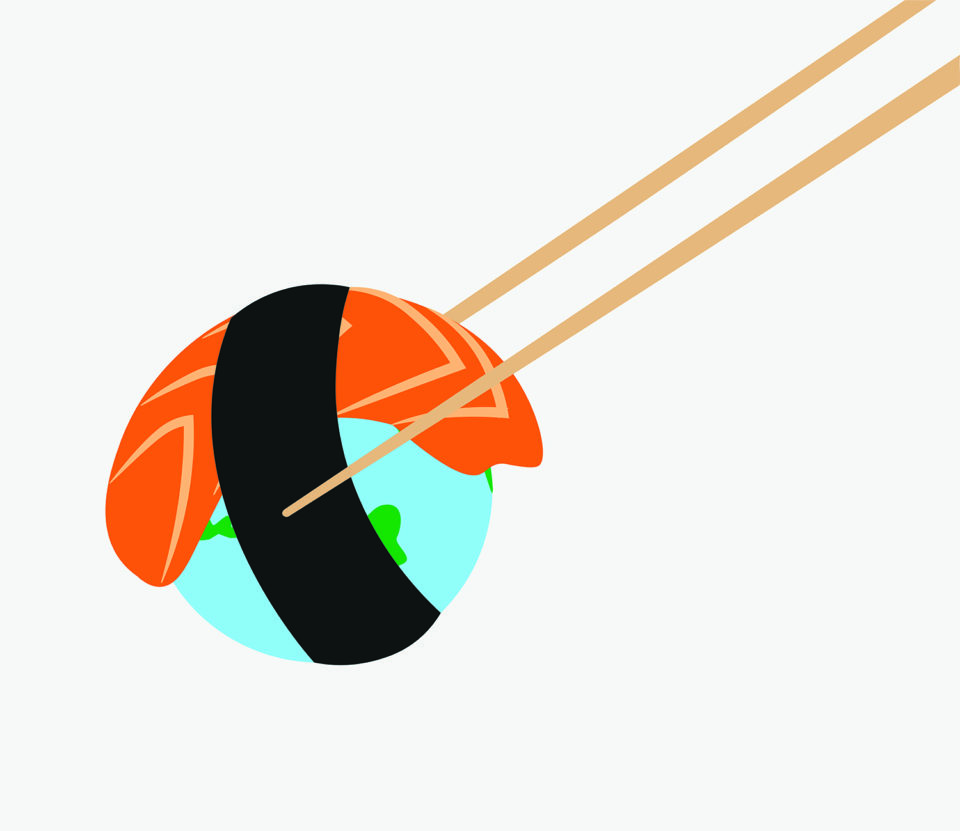
The directive to eat more seafood is no longer coming solely from fishmongers and nutritionists – it is being voiced by the climate change camp as well, a salient message for conservationists.
This may represent a significant mind shift for many consumers, even some who already pay attention to the impacts of their food choices on planetary health.
From a human health standpoint, seafood has unquestionable benefits. It is worth restating the message from nutritionists that food from the sea provides essential vitamins, minerals, long chain omega-3 fatty acids, and other nutrients not found in plant-based foods or other proteins.
Several recent reports, discussed further below, echo the message that eating sustainable seafood can help save the planet and make significant gains in public health. Here are some important takeaways from the reports:
- Sustainable seafood (as a broad category) has the lowest negative environmental impact of animal proteins;
- Some types of seafood, such as oysters, clams, mussels and seaweed, have positive effects on the environment;
- Ocean conservation and seafood production do not need to be at odds with one another; and
- Each report provides, in some cases for the first time, quantitative scientific targets and actionable solutions. It is important to note that both climate change and biodiversity impacts are factored into the systems-thinking picture.
Sustainable Development Goals
“Global food production threatens climate stability and ecosystem resilience and constitutes the single largest driver of environmental degradation and transgression of planetary boundaries,” according to the EAT-Lancet Commission’s Summary Report on Healthy Diets from Sustainable Food Systems, released in January 2019.
The EAT-Lancet Commission brings together leading researchers in nutrition, health, sustainability and policy from around the globe. Their goal is to capitalize on an unprecedented opportunity to develop food systems as a common thread between many international, national and business policy frameworks aiming for improved human health and environmental sustainability.
For the first time, clear scientific targets have been established to guide food-system transformation, which is instrumental to ensuring healthy diets from sustainable food systems for nearly 10 billion people by 2050, while achieving the Paris Agreement and the Sustainable Development Goals (SDGs).
Indeed, this guidance has already gained traction with the mayors of 14 cities globally (Barcelona, Copenhagen, Guadalajara, Lima, London, Los Angeles, Milan, Oslo, Paris, Quezon City, Seoul, Stockholm, Tokyo and Toronto). They have committed to sustainable food policies as a way to address the global climate emergency.
In assessing food production impacts, the EAT-Lancet Commission focuses on six of the main planetary systems and processes most affected by food production: climate change (measured by greenhouse gas emissions), land-system change (measured by cropland use), nitrogen application, phosphorus application, freshwater use, and biodiversity loss (measured by extinction rate).
What does the recommended dietary shift look like to improve the health of people and the planet? There are three categories: emphasized foods, limited intake and optional foods. The emphasized foods are fish, vegetables, fruit, legumes, whole grains and nuts. As the only animal protein singled out for its planetary and human health benefits, seafood needs to deliver.
Seafood and healthy oceans
The 71 percent of our planet that is our global ocean is showing the strain of climate change in its own ways – ocean acidification and marine heat waves are only two of the symptoms. It may seem punishing to keep relying on a stressed ocean for more and more as our population continues to grow, but the consensus points to a net benefit for oceans – not a beating – if we make responsible shifts toward sustainable seafood and away from emissions-intensive land-based proteins.
Consuming sustainable seafood and wisely managing other ocean resources are not just exercises in staying within boundaries of human use – they are now being considered important solutions for mitigating climate change impacts on our planet. These actions can help reduce the emissions that are causing ocean warming and acidification.
Seafood production includes both wild and farmed seafood. There are good actors and bad actors in every food production sector, including fisheries and aquaculture. We need to support the responsible actors.
Unbalanced negativity about aquaculture does not fit the contemporary picture of the sector. It does not make sense to discriminate based on wild versus farmed, but it does make sense to differentiate based on the most responsible farming or fishing practices, which is what all consumers have the right to do regarding their food choices.
Consuming sustainable seafood and wisely managing other ocean resources are actions that can help reduce carbon emissions that are causing ocean warming and acidification.
Let’s focus on aquaculture, and here’s why: Aquaculture’s share of the global seafood supply surpassed 50 percent in 2014, and it is the world’s fastest growing food sector. It is predicted that about 62 percent of our seafood will come from aquaculture by 2030. By 2050, a healthy diet for nearly 10 billion people will require about 85 to 90 million metric tons (MT) of ocean protein annually (that’s the edible weight).
Currently, we are only producing half that amount globally. Any substantial increase must come from aquaculture. Even if targeted reforms in wild fisheries are achieved (ending overfishing and illegal fishing), it is estimated that yields could improve by 11 million MT per year (edible weight) by 2050, far short of the additional 45 million MT needed.
Climate and land-use action
September 2019 brought the UN Climate Action Summit in New York and an initiative advanced by the High Level Panel on a Sustainable Ocean Economy. The panel is the only body in the ocean arena made up of serving political leaders, bringing commitment at the highest political levels to the discussions around ocean production and protection activities.
The panel consists of the presidents or prime ministers of Australia, Canada, Chile, Fiji, Ghana, Indonesia, Jamaica, Japan, Kenya, Mexico, Namibia, Norway, Palau and Portugal. They represent countries large and small, at varied stages of development, with special attention to low-income countries, small island states and communities that rely on the ocean for their survival.
Their report, The Ocean as a Solution for Climate Change: 5 Opportunities for Action, states that although the ocean is at risk, it can also play a central role in reducing global greenhouse gas emissions. Fisheries, aquaculture and dietary shifts away from emission-intensive land-based protein sources (e.g., red meat) are promoted as a means toward low carbon ocean-based protein and other sources of nutrition. And just because seafood’s carbon footprint is the lowest of all animal proteins does not mean there isn’t room for improvement. The section titled “Fisheries, Aquaculture and Shifting Diets” also analyzes the potential mitigation impact of reducing the carbon footprint of ocean-based food production.
Another important September release was The Global Consultation Report of the Food and Land Use Coalition (FOLU), Growing Better: Ten Critical Transitions to Transform Food and Land Use. The FOLU is a community of organizations committed to the urgent need to transform the way we produce and consume food and use our land for people, nature, and climate. Their global partners are numerous and include EAT and World Resources Institute. The FOLU works to accelerate shifts through the private sector and business by engaging diverse change leaders from varied sectors (public, private and civil society).
Its analysis of the role of the ocean in mitigating climate impact echoes the two prior reports; however, this unique assessment also looks at the financial implications of taking action versus doing nothing. Achieving the objectives identified for a transition to a healthy and productive ocean would lead to an annual economic gain estimated at $350 billion by 2030, and $785 billion by 2050. An annual reduction of $180 billion in environmental costs by 2030 would be the biggest driver of the economic gain.
Consuming sustainable seafood and wisely managing other ocean resources are actions that can help reduce carbon emissions that are causing ocean warming and acidification.
“Aquaculture, when done right, can produce protein with much lower carbon and land footprints than the typical mix of land-grown meats,” the report stated, adding that “ocean productivity and ocean health can be two sides of the same coin. Wild fisheries produce best when they are sustainably managed, even in the short term. Sustainable fishing and aquaculture can make their full contribution only if essential habitats – estuaries, wetlands, mangrove forests, and coral reefs – are protected and restored and if nutrient and plastic pollution is reigned in.”
The resulting benefits fall in the categories of environment, health, food security, employment to coastal communities in the developing world, and others. Priority actions are laid out with regard to reforming both wild fisheries and finfish aquaculture.
Reasons for optimism
Arguments for healthy ocean optimism are given in the FOLU report, and in the case of aquaculture, optimism is also expressed in discussing one of the sector’s greatest challenges: finding alternatives to fishmeal and fish oil in aquaculture feeds.
Most of the fishmeal and fish oil going into aquaculture feeds (about 70 percent) is produced from the harvest of small, open-ocean (pelagic) fish such as anchovies, herring, menhaden and sardines. The remainder comes from byproducts created when fish is processed for human consumption. According to IFFO, the Marine Ingredients Organisation, about one-third of fishmeal is processing byproducts, a percentage that is growing.
Between 2000 and 2015, the levels of fishmeal and fish oil used in feeds decreased significantly as industry made tremendous strides in efficiency and optimization. In 2000, more than 10 ounces of wild fish were needed to grow every pound of farmed seafood. By 2015, this ratio had dropped by more than 60 percent, so less than 4 ounces of wild fish were needed.
Currently, the top alternative feed ingredients can replicate the nutritional profile of fishmeal, and successful trials earlier this year resulted in a supply agreement with one of the world’s largest fish feed producers. Finding a substitute for fish oil that is cost-effective and available at scale has been the more challenging quest, but the F3 (Fish-Free Feed) Challenge has produced the first viable alternative to fish oil.
https://www.aquaculturealliance.org/advocate/veramaris-runs-away-with-f3-oil-alternative-contest/
The pace of innovation, problem-solving and thought leadership in the aquaculture sector in recent years has accelerated. In addition to implementing measurable standards for the best practices that were mentioned earlier, the aquaculture sector is highly focused on defining smart growth. The sector naturally includes industry, NGOs, government, academia and others, balancing needs and concerns from all perspectives. The Nature Conservancy (TNC), recognizing the importance of aquaculture’s potential, established its Aquaculture by Design initiative in 2015. Their thought leadership centers on providing seafood while tackling climate change and protecting land and water. For TNC, smart growth in aquaculture is focused on bivalve and seaweed farming, carefully sited recirculating systems on land and carefully sited offshore cages.
What individuals can do
What does all of this mean for consumers? If you are not vegan or vegetarian, take action by choosing sustainable seafood over other animal proteins. In doing so, you will help mitigate the negative effects of climate change, safeguard biodiversity, ensure more healthy diets for all, drastically improve food security in both developing and developed countries, and boost economies.
Innovation and disruption of business-as-usual have become the buzzwords of problem-solving and progress. As individuals, we also need to be ready to think in new ways and disrupt our own status quo. By shifting from land-based animal proteins to sustainable seafood and embracing essential solutions like responsible aquaculture, we can achieve a multitude of positive results for people and the planet.
Follow the Advocate on Twitter @GAA_Advocate
Now that you've reached the end of the article ...
… please consider supporting GSA’s mission to advance responsible seafood practices through education, advocacy and third-party assurances. The Advocate aims to document the evolution of responsible seafood practices and share the expansive knowledge of our vast network of contributors.
By becoming a Global Seafood Alliance member, you’re ensuring that all of the pre-competitive work we do through member benefits, resources and events can continue. Individual membership costs just $50 a year.
Not a GSA member? Join us.
Author
-
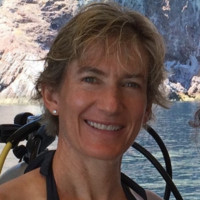
Laura Rose
Laura Rose is an independent consultant with a background in marine conservation, aquaculture, and international development. She is based in Washington, D.C. Follow her on Twitter @fish4good.
Tagged With
Related Posts
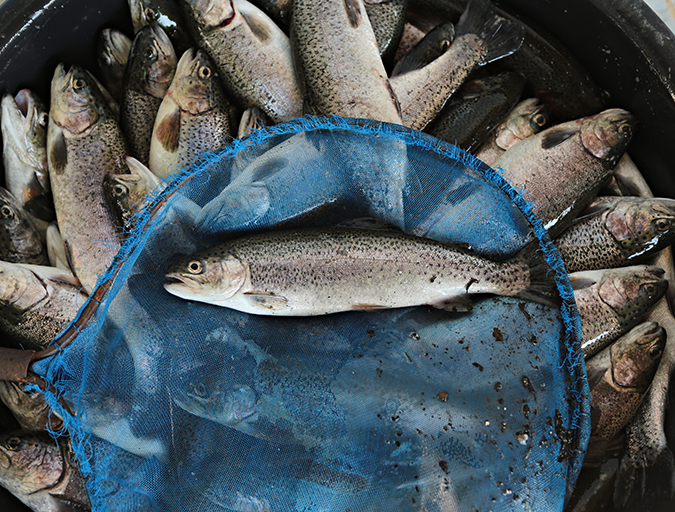
Intelligence
We’re no longer nomads, so we should farm more fish
As terrestrial protein production is confined by limited available and suitable land, aquaculture is the logical solution to our nutritional needs. We can get serious about it or we can let our grandchildren grow up in a world eerily similar to that of their ancestors.

Intelligence
10 takeaways from GOAL 2019 in Chennai, India
The Global Aquaculture Alliance held its GOAL conference in Chennai, India, and recruited a host of experts in various fields to share their expertise.
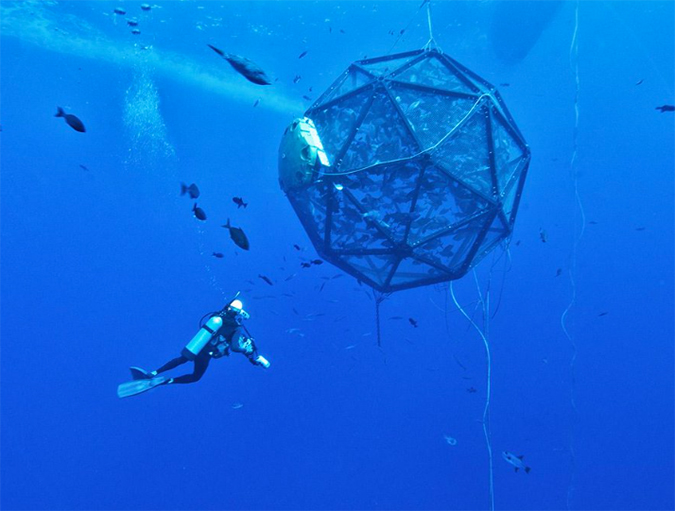
Innovation & Investment
Opinion: America needs another revolution
The Ocean Stewards Institute responds to a critical article in The Hill over and argues that offshore aquaculture is the food revolution America needs.
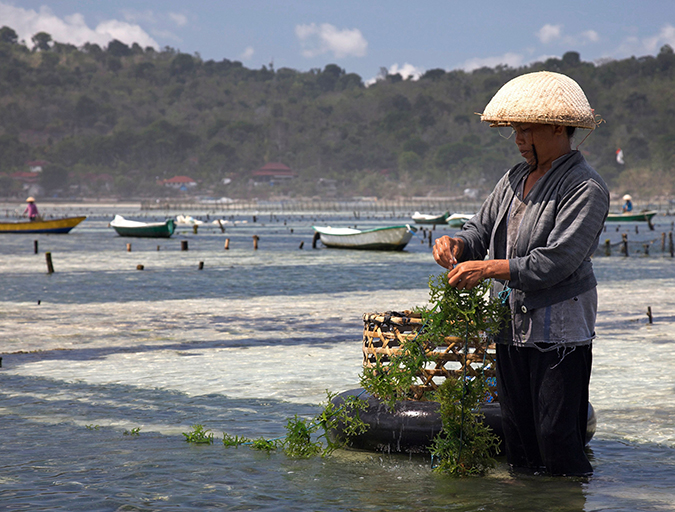
Responsibility
Can sustainable mariculture match agriculture’s output?
Global, sustainable mariculture production, developed on a massive, sustainable scale and using just a small fraction of the world’s oceanic areas, could eventually match the output of land-based agriculture production. Scale and international law considerations require the involvement of many stakeholders, including national governments and international organizations.


